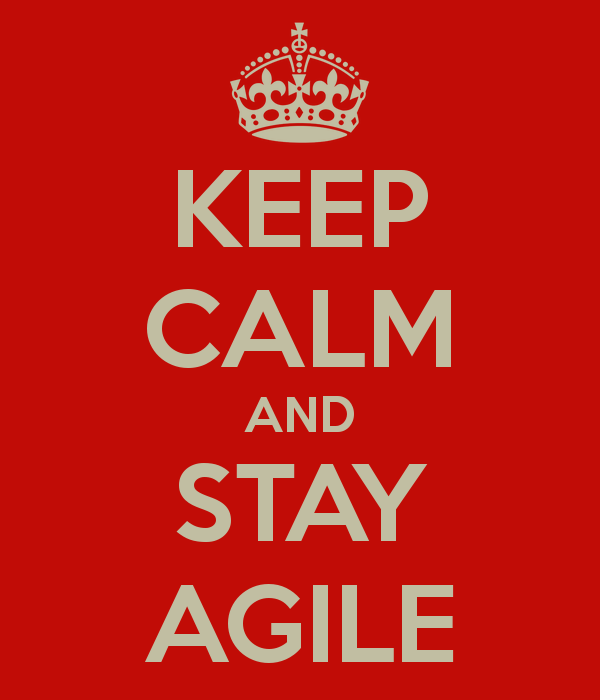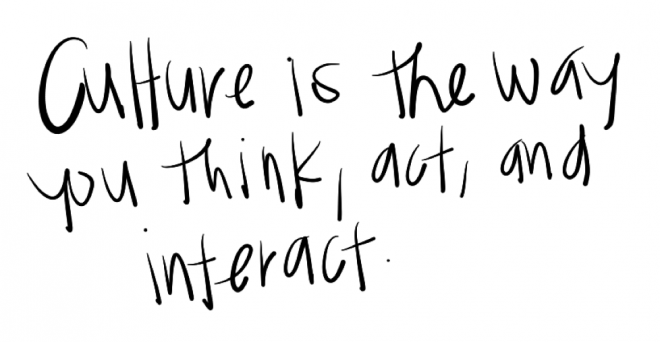Zitate aus der Praxis
- Wer einen Anglizismus gendert, hat die Kontrolle über die deutsche Rechtschreibung verloren.
Erfahrungen aus der Praxis
- New Work ist weit mehr als alte Arbeit mit Internetanschluss Christoph Heumader
Schon gewusst?
Projekte, die mit agilen Methodiken erstellt werden, haben eine deutlich höhere Wahrscheinlichkeit, erfolgreich abgeschlossen zu werden.
» Mehr zu erfolgreich agil…
Themen, die uns beschäftigen
5S
Agile
Agile Projektmethode
Agiles Manifest
Anforderungen
Arbeitsplatz
Backlog
Business
Corona
Digitalisierung
Home Office
Kanban
Kanban-Board
Kanban Coach
Kanban Flight Level
Klassische Methode
Kultur
Leadership
Lean Production
LSD
Manifest
Meeting
New Work
Pair Programming
Product Backlog
Projektmanagement
Remote
Schlanke Produktion
Scrum
Scrum-Board
Scrumban
Scrum Guide
Scrum Master
Softwareentwicklung
Story
Story Points
T-Shirt-Size
Test-Driven Development
Tools
TPS
Wasserfall
Werte
Work in Progress
Workshop
XP


